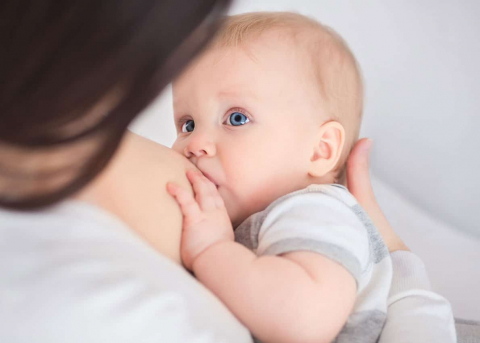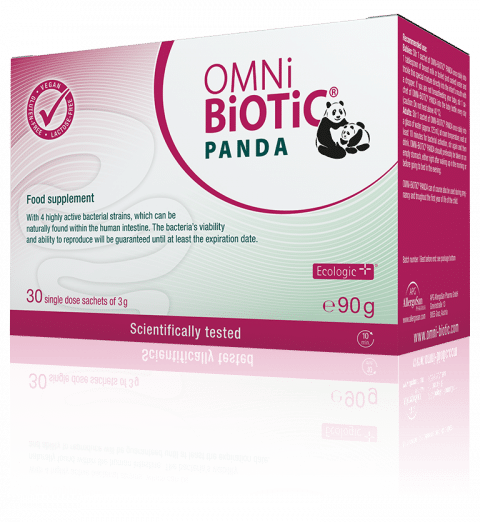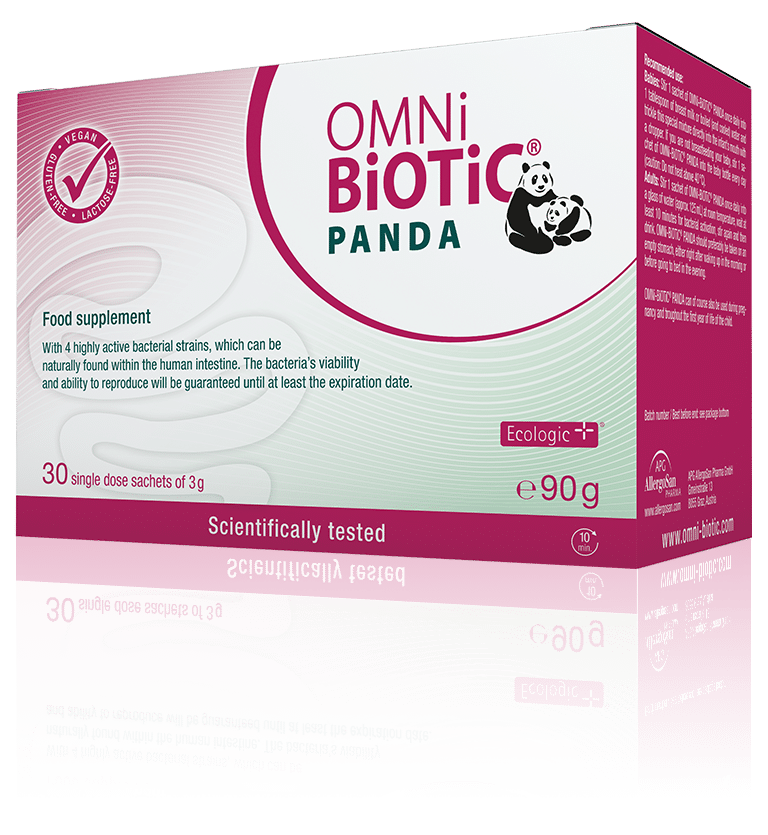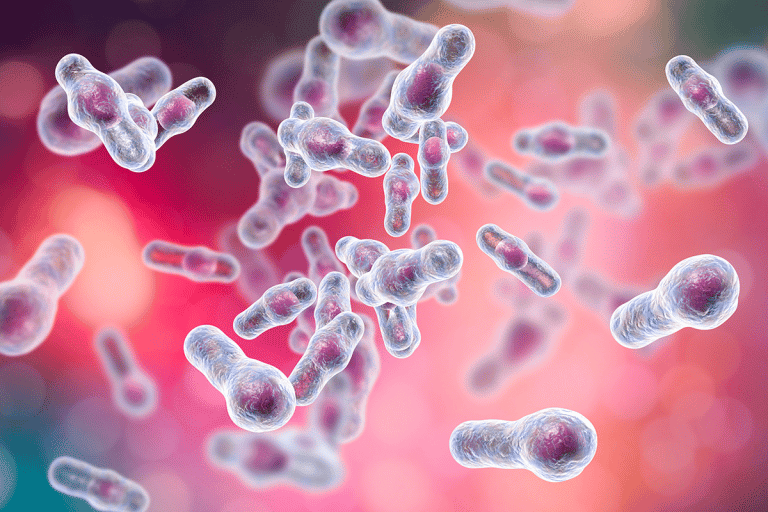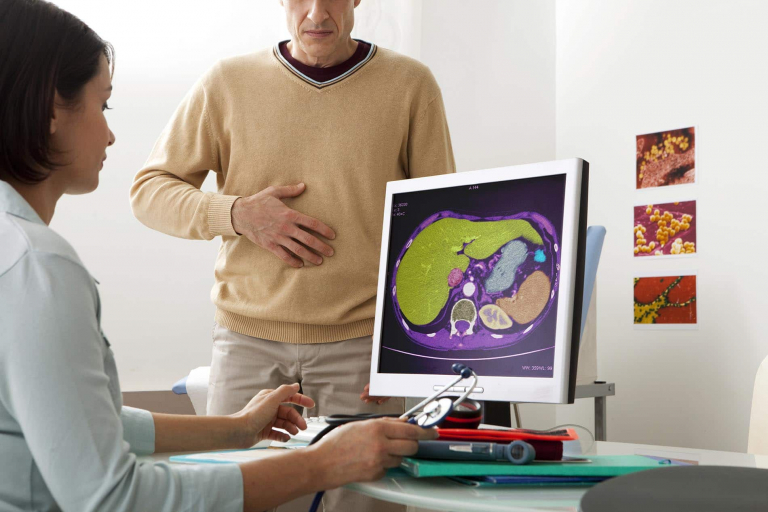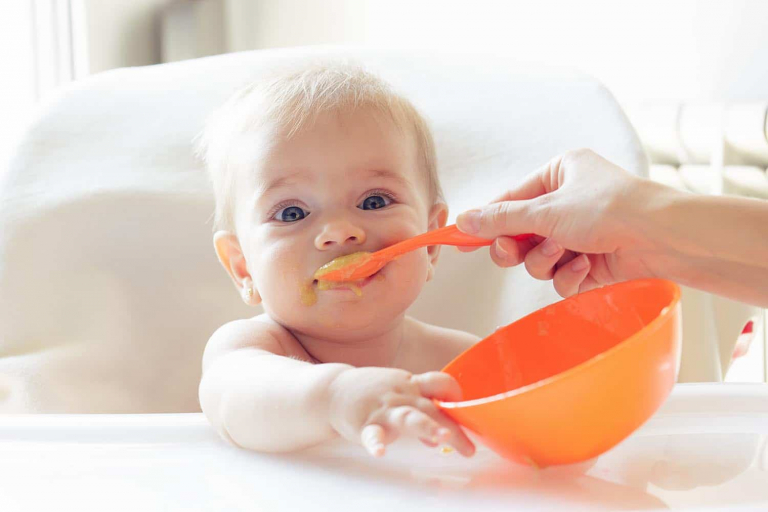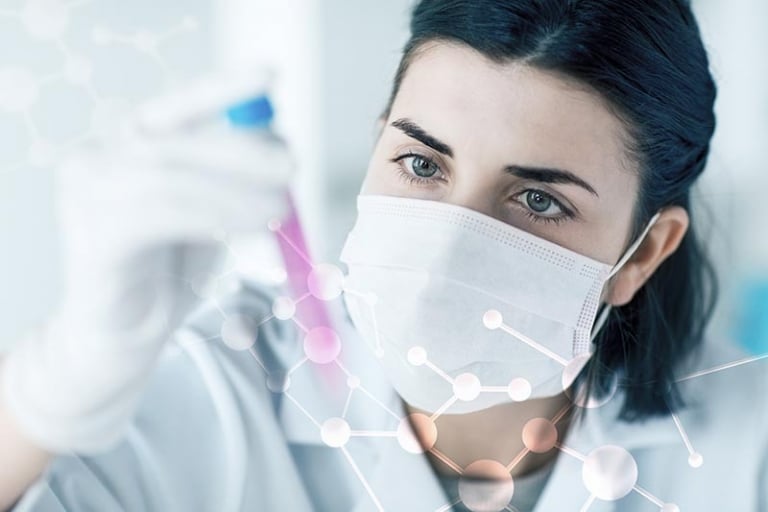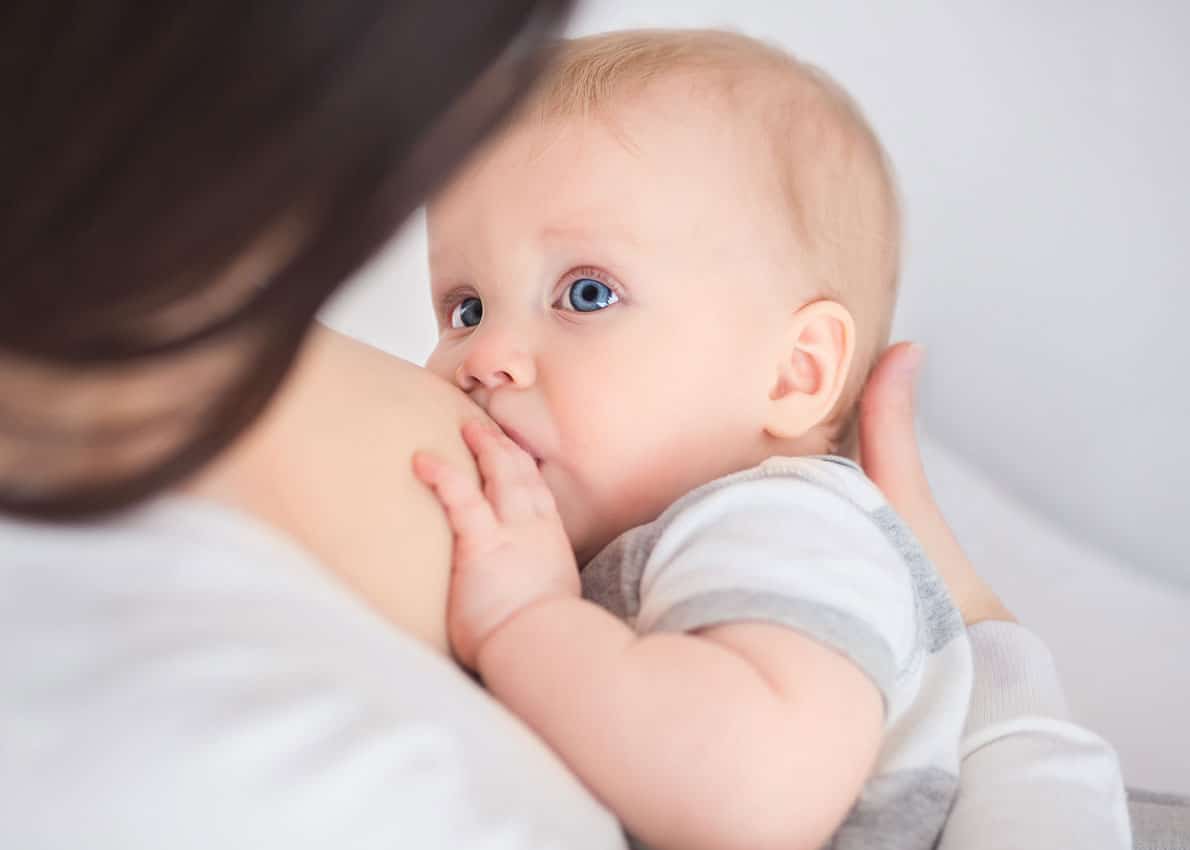
Mag. Sylvia Neubauer
First bacterial colonization of the baby’s intestine
The importance of the first contact.
Almost certainly all moms and dads in the making eagerly await the birth of their little offspring. But they are not the only ones! Armies of friendly microorganisms can barely wait until they can colonise every inch of this new human being.
Generally speaking, the human body is covered from top to bottom in germs. And that’s a good thing, because the more colourful and comprehensive the bacterial landscape, the better it is for the baby’s health. As unique as a fingerprint, the microbiome develops until the age of three and remains relatively stable afterward. As a part of its own eco-system, it will regulate the digestion, metabolism and immune system of the baby for the rest of its life.
A natural bacterial colonisation
Studies are currently testing whether intestinal bacteria can reach the child from the mother via the placenta and amniotic fluid during pregnancy. What we definitely know is that children whose mothers receive probiotics in the last weeks of pregnancy and children who receive helpful bacteria themselves in their first six months have a lower risk of suffering from neurodermatitis later in life.
The first great germ colonisation occurs during birth. When the baby passes through the birth canal, it primarily comes into contact with the maternal lactic acid bacteria. Children born via C-section go through a different process: They first come in to contact with the bacteria in the surrounding air and the mother’s skin bacteria. C-section babies have a lower number of lactobacilli and bifidobacteria in their intestines. As a result, these babies are more susceptible to 3-month colic phases, infectious diseases, and allergies. To avoid this problem, a so-called „vaginal seeding“ can be performed: The new-born is covered in the vaginal secretion of the mother directly after the C-section. Even treatment with antibiotics can massively imbalance the sensitive bacterial colony of the baby and should therefore always be accompanied by probiotics to support the baby’s centre of health.
A natural birth and breastfeeding have a positive impact on a baby’s bacterial colony.
Breastmilk, a magic potion
With every touch, a baby encounters new microbes. As a rule of thumb: The more bacteria, the better and more advantageous it is for a baby’s health. Breastfeeding not only offers the offspring physical contact but also makes sense when looking at the microbial colonisation. In comparison to probiotic baby food, which is usually only supplemented with a single bacteria species, breastmilk contains hundreds of helpful bacteria species – roughly 30% of the helpful bacteria in the intestines of a breastfed baby come from breastmilk! The yellow creamy first milk, also known as colostrum, is especially important and acts as a type of vaccination for the infant thanks to its high content in antibodies and proteins. In most cases, breastfed children show a significantly higher number of helpful bacteria species such as bifidobacterial, which strengthens the barrier function of the intestinal mucosa and provides the immune cells in the intestines with valuable information for fighting off pathogens.
With this in mind: Trust in mother nature when it comes to your little sunshine. Multispecies probiotics act as a supporting starting kit for mother and child, which makes a lifelong happy microbiome.
